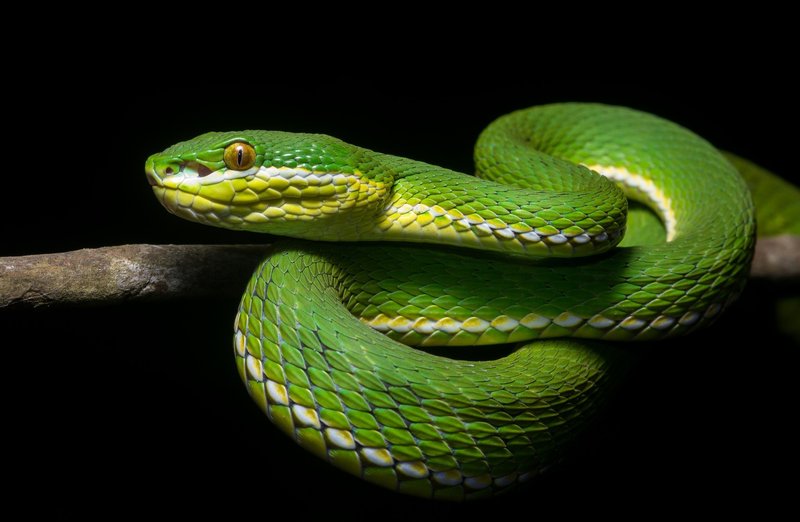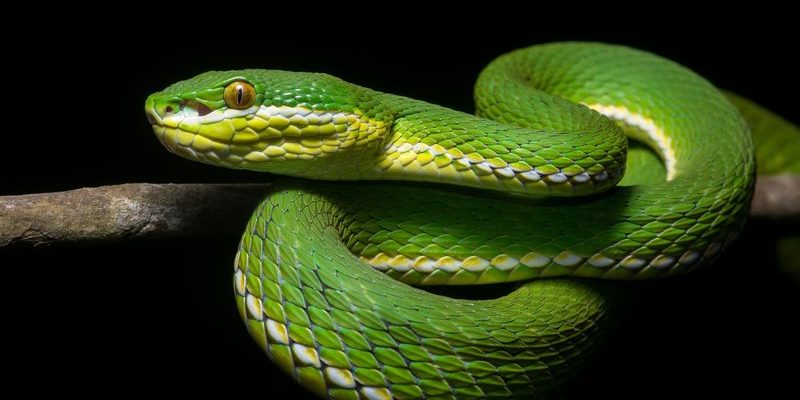
Understanding whether snakes are endangered involves diving into the complex world of conservation efforts that aim to protect them. From habitat loss to poaching, snakes face a range of threats that can lead to declining populations. So, grab a cup of coffee, and let’s explore the factors at play and the dedicated efforts being made to ensure these reptiles can continue to roam the planet.
The Status of Snake Populations
It’s essential to grasp that not all snakes are created equal when it comes to their conservation status. Some species, like the Eastern Indigo Snake, are considered threatened, while others may be classified as vulnerable or even endangered. The International Union for Conservation of Nature (IUCN) maintains a Red List, categorizing species based on their risk of extinction. According to this list, approximately 30% of snake species are experiencing population declines.
You might be wondering, “What causes these declines?” Well, there are several culprits at play. Habitat destruction due to urban development and agricultural expansion is a primary factor. Snakes need space to thrive, and when their homes are turned into parking lots or farms, their chances of survival diminish significantly. Additionally, climate change is altering habitats more rapidly than many snakes can adapt, making it harder for them to find food, mates, and shelter.
Reasons Snake Populations are Declining
So, what exactly is putting these reptiles at risk? Understanding the threats they face can help us appreciate the urgency behind conservation efforts. Here are some of the key issues:
- Habitat Destruction: Urbanization and industrial activities lead to the fragmentation of habitats, making it difficult for snakes to find mates and food.
- Pollution: Chemical pollutants in the environment can harm snakes directly and disrupt their prey populations. This ultimately impacts their ability to thrive.
- Climate Change: Changes in temperature and weather patterns can affect breeding cycles and food availability, putting pressure on already vulnerable species.
- Illicit Trade: Many snakes are poached for their skins or as exotic pets, contributing to their decline and disturbing local ecosystems.
Each of these factors intertwines with others, creating a challenging landscape for snakes. For instance, a changing climate can push a snake species into an already occupied habitat, leading to competition for resources and possibly driving them to extinction.
Conservation Efforts for Snakes
Given the various threats snakes face, conservationists have rolled up their sleeves to implement strategies aimed at mitigating these dangers. There’s a growing recognition of the vital roles snakes play in ecosystems as both predators and prey. Here are some key conservation efforts underway:
- Protected Areas: Establishing wildlife reserves helps safeguard critical habitats. These areas provide a refuge for snakes and other wildlife from human interference.
- Education and Awareness: Many organizations focus on educating the public about the importance of snakes and dispelling myths. Understanding that snakes are not inherently dangerous can lead to more positive interactions with them.
- Legislation: Advocating for stronger laws against poaching and habitat destruction is crucial. Many countries have implemented regulations to protect endangered snake species and their habitats.
- Research: Ongoing studies help biologists gather data on snake populations, behaviors, and habitat needs. This knowledge directs effective management strategies and conservation actions.
These efforts require collaboration between governments, wildlife organizations, and local communities to make a significant impact. When people understand that preserving snakes contributes to a healthier environment, they’re more likely to get involved.
Spotlight on Specific Snake Species
When discussing snake conservation, it helps to look at specific species to understand the kind of challenges they face. For example, the Eastern Diamondback Rattlesnake is a fascinating but declining species found in the southeastern U.S. Due to habitat destruction and persecution, its numbers have plummeted. Conservationists are working hard to protect its habitat while educating the public about the species’ role in controlling rodent populations, which can help prevent the spread of disease.
Another noteworthy species is the Hawksbill Sea Turtle, known for its beautiful shell but facing threats from illegal trade and habitat loss due to climate change. These turtles are often mistaken for snakes due to their elongated bodies and graceful movements in the water. Protecting their nesting sites and educating coastal communities about their importance is vital for their survival.
By focusing on particular species, we can see how targeted efforts can lead to broader ecological benefits.
How You Can Help
You might be thinking, “What can I do to help snakes?” There are several practical steps you can take to contribute to their conservation:
- Educate Yourself: Learn about local snake species and their roles in the ecosystem. Understanding their importance can inspire you to take action.
- Support Conservation Organizations: Many groups are dedicated to snake conservation. Consider donating or volunteering your time.
- Advocate for Protected Areas: Support local initiatives aimed at creating or maintaining wildlife reserves and natural habitats.
- Reduce Pollution: Be mindful of your waste, use environmentally friendly products, and encourage friends and family to do the same.
Taking small steps can have a big impact. Every little effort counts when it comes to protecting these remarkable creatures.
In conclusion, the plight of endangered snakes may not always capture headlines, but their conservation is critical. These reptiles are part of a delicate ecosystem balance, serving as both predators and prey. By understanding the challenges they face and supporting conservation efforts, we play a vital role in their survival.
Next time you see a snake, instead of recoiling in fear or disgust, remember how crucial they are to our planet. Let’s work together to ensure that future generations can enjoy the sight of these awe-inspiring creatures in the wild. It’s not just about saving snakes; it’s about preserving the natural world we all share.

